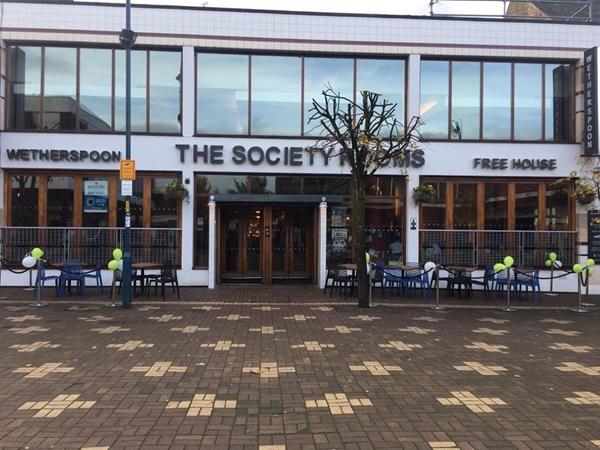Pub history
The Society Rooms
These premises previously housed a ‘Co-op Late Shop’ which had replaced three shops owned by the Co-operative Society. Its forerunner (the Stalybridge Good Intent Co-operative Society) once had 30 shops in the town. At the start of the 20th century, the cotton industry was still strong in Stalybridge, and the population of the town reached its peak at 27,623. After years of decline, the population eventually increased to 22,295 in 1991.
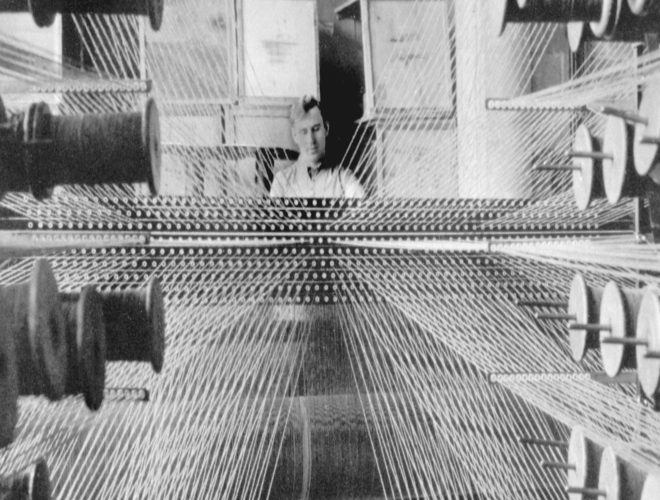
These premises previously housed a ‘Co-op Late Shop’ which had replaced three shops owned by the Co-operative Society. Its forerunner (the Stalybridge Good Intent Co-operative Society) once had 30 shops in the town. At the start of the 20th century, the cotton industry was still strong in Stalybridge, and the population of the town reached its peak at 27,623. After years of decline, the population eventually increased to 22,295 in 1991.
A print and text about Stalybridge Co-op
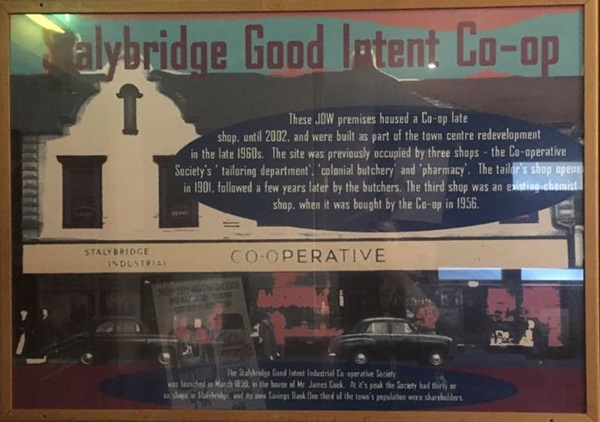
The text reads: These JDW premises housed a Co-op late shop, until 2002, and were built as part of the town centre redevelopment in the late 1960s. The site was previously occupied by three shops – the Co-operative Society’s ‘tailoring department’, ‘colonial butchery’ and ‘pharmacy’. The tailor’s shop opened in 1901, followed a few years later by the butchers. The third shop was an existing chemist shop when it was bought by the Co-op in 1956.
A print and text about the arms of Stalybridge
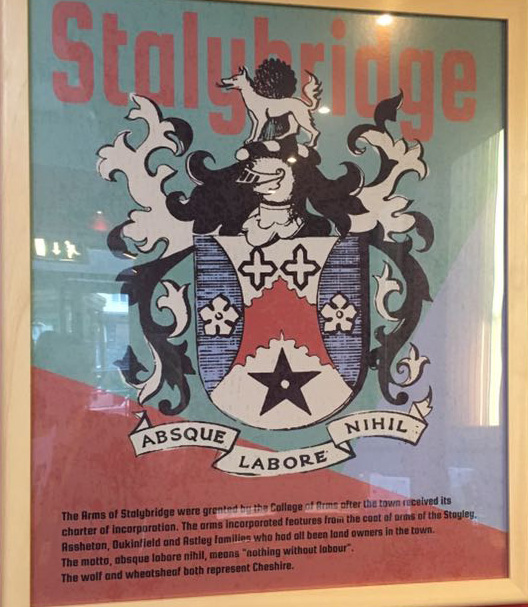
The text reads: The Arms of Stalybridge were granted by the College of Arms after the town received its charter of incorporation. The arms incorporated features from the coats of arms of the Stayley, Assheton, Dukinfield and Astley families, who had all been land owners in the town. The motto, absque labore nihil, means ‘nothing without labour’. The wolf and wheatsheaf both represent Cheshire.
A print and text about Beatrix potter
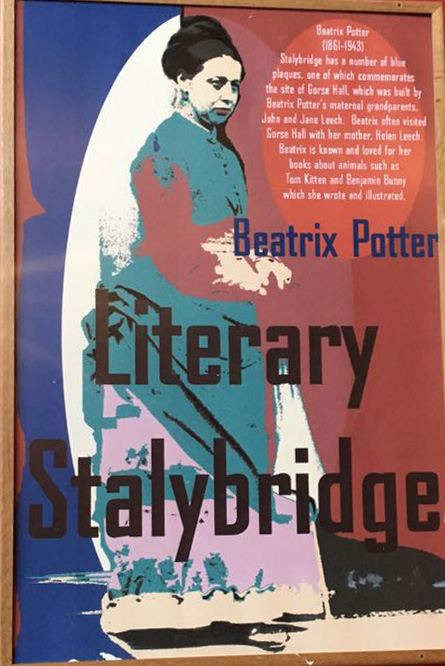
The text reads: Stalybridge has a number of blue plaques, one of which commemorates the site of Gorse Hall, which was built by Beatrix Potter’s maternal grandparents, John and Jane Leech. Beatrix often visited Gorse Hall with her mother, Helen Leech. Beatrix is known and loved for her books about animals such as Tom Kitten and Benjamin Bunny, which she wrote and illustrated.
A print and text about Tameside
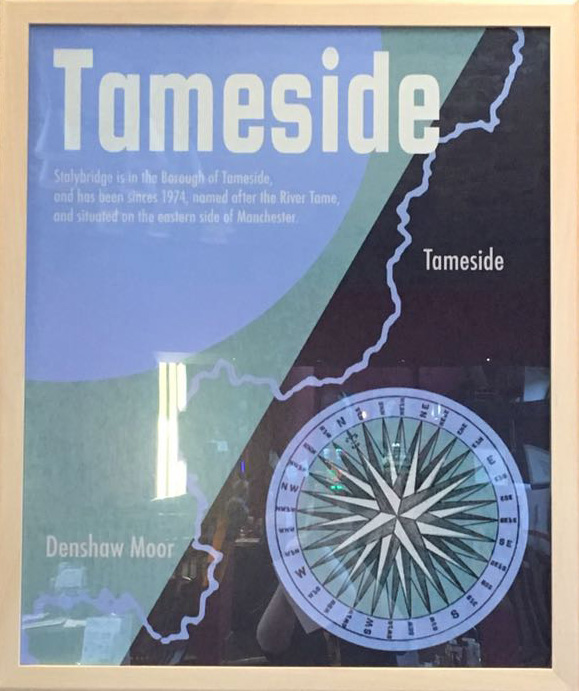
The text reads: Stalybridge is in the Borough of Tameside, and has been since 1974, named after the River Tame and situated on the eastern side of Manchester.
A print and text about Samuel Laycock
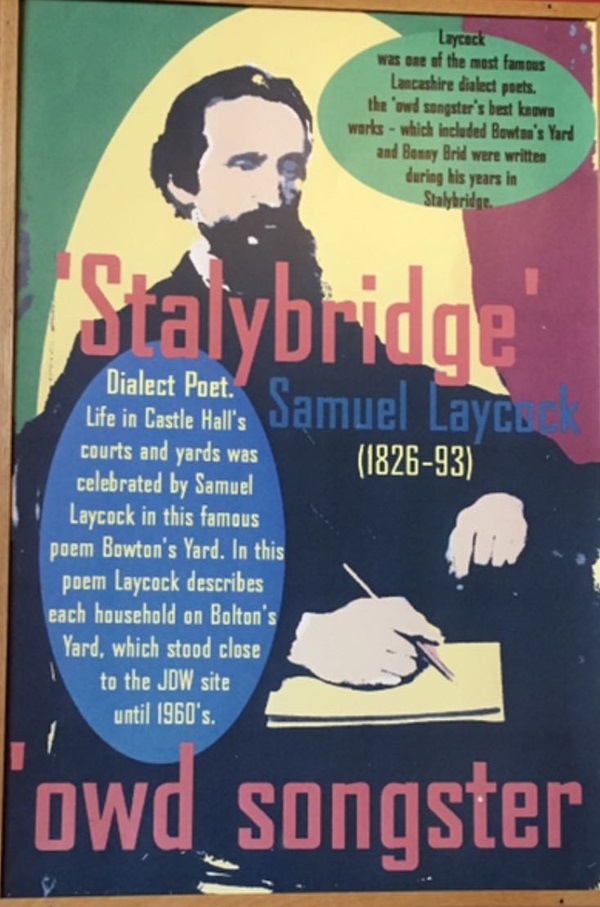
The text reads: Laycock was one of the most famous Lancashire dialect poets. The ‘owd songster’s best-known works – which included Bowton’s Yard and Benny Brid – were written during his years in Stalybridge.
Life in Castle Hall’s courts and yards was celebrated by Samuel Laycock in his famous poem Bowton’s Yard. In this poem, Laycock describes each household on Bolton’s Yard, which stood close to the JDW site until 1960s.
A print and text about local suffragettes
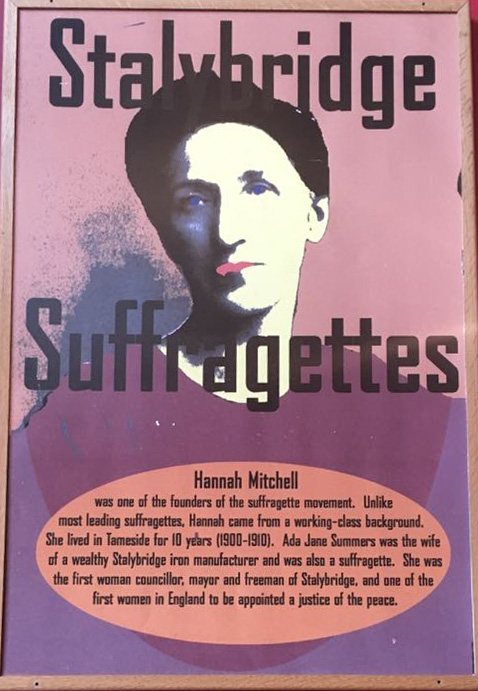
This text reads: Hannah Mitchell was one of the founders of the suffragette movement. Unlike most leading suffragettes, Hannah came from a working-class background. She lived in Tameside for 10 years (1900–10). Ada Jane Summers was the wife of a wealthy Stalybridge iron manufacturer and was also a suffragette. She was the first woman councillor, mayor and freeman of Stalybridge, and one of the first women in England to be appointed a justice of the peace.
A print and text about the history of Stalybridge
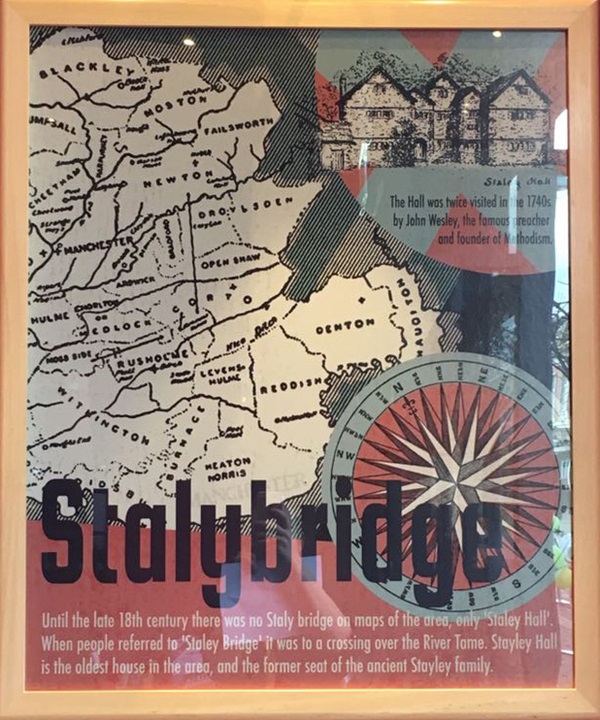
This text reads: Until the late 18th century, there was no Stalybridge on maps of the area, only ‘Staley Hall’. When people referred to ‘Staley Bridge’, it was to a crossing over the River Tame. Stayley Hall is the oldest house in the area, and the former seat of the ancient Stayley family.
A print and text about Lawrence Earnshaw
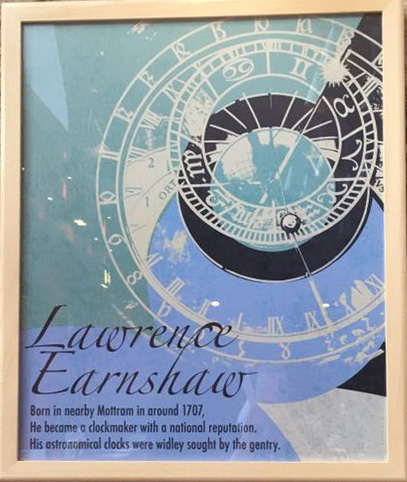
This text reads: Born in nearby Mottram in around 1707, he became a clockmaker with a national reputation. His astronomical clocks were widely sought by the gentry.
A print and text about Jack Judge
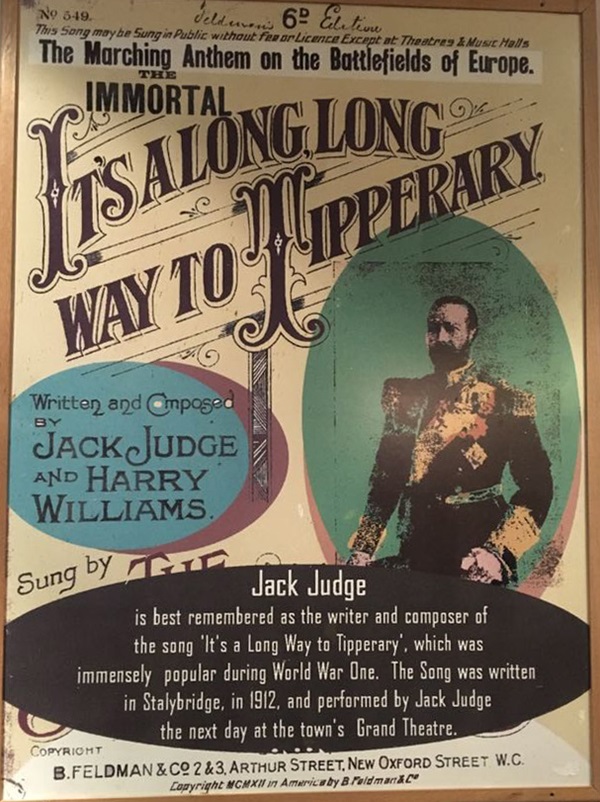
This text reads: Jack Judge is best remembered as the writer and composer of the song It’s a Long Way to Tipperary, which was immensely popular during World War One. The song was written in Stalybridge, in 1912, and performed by Jack Judge the next day at the town’s Grand Theatre.
External photograph of the building – main entrance
